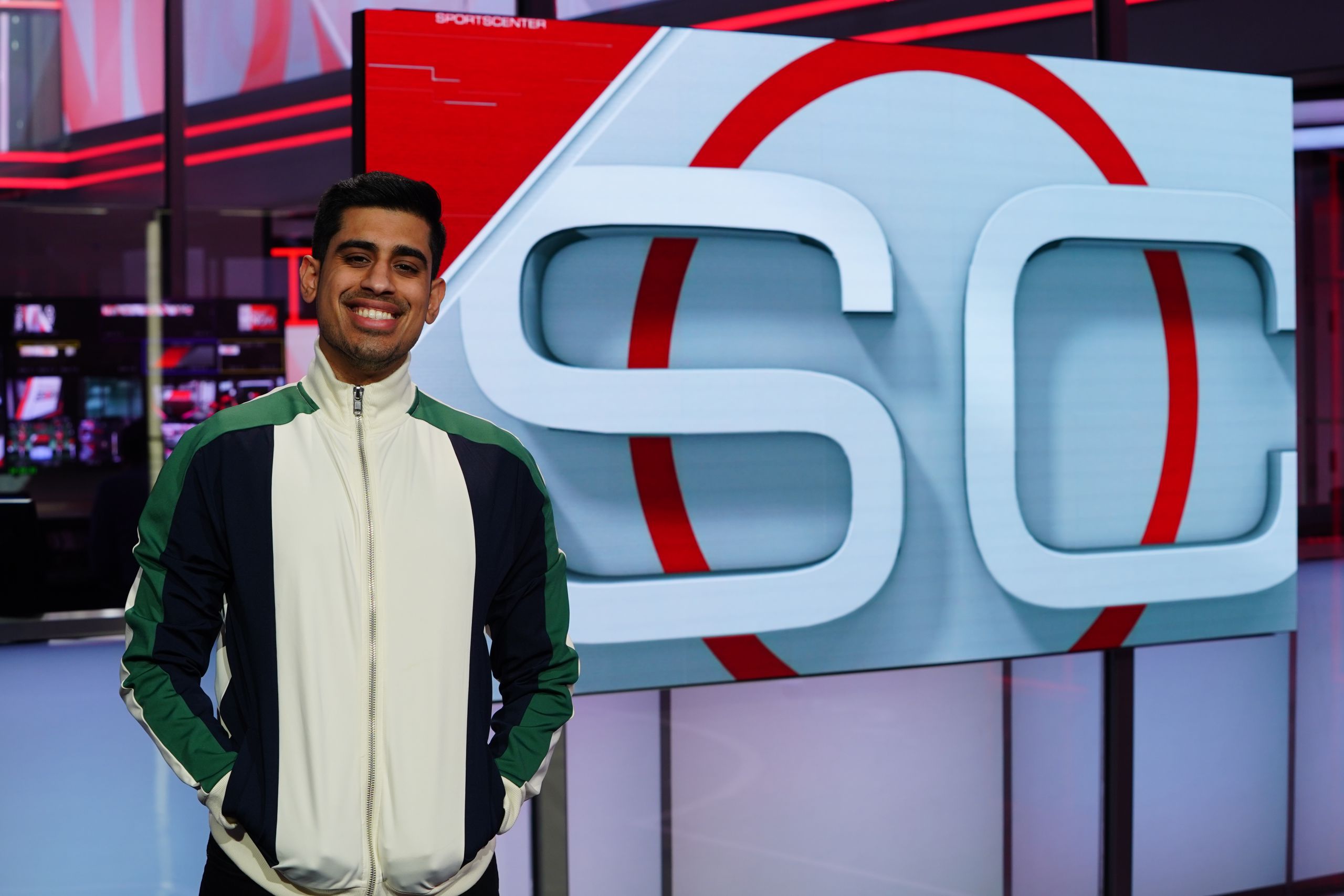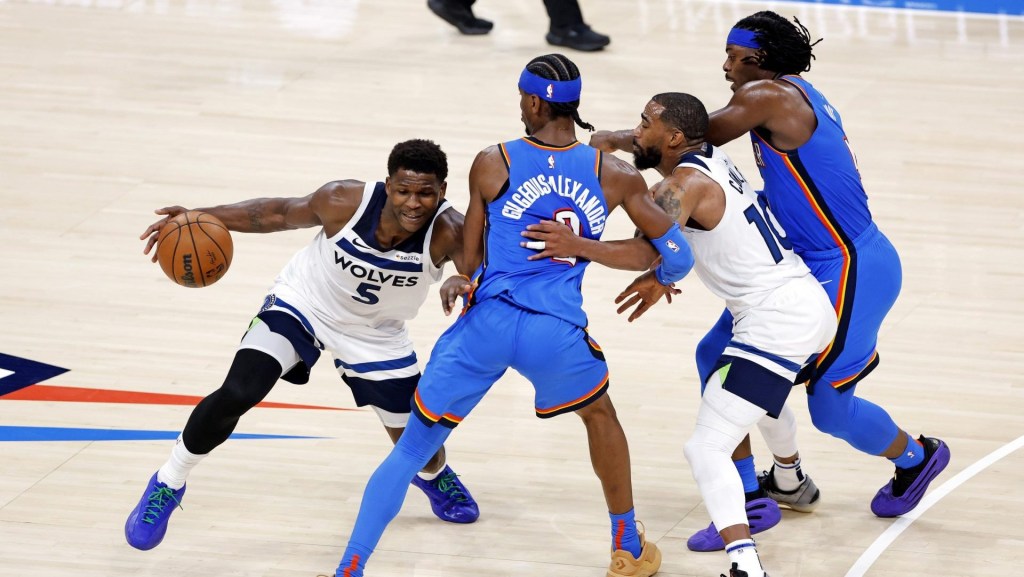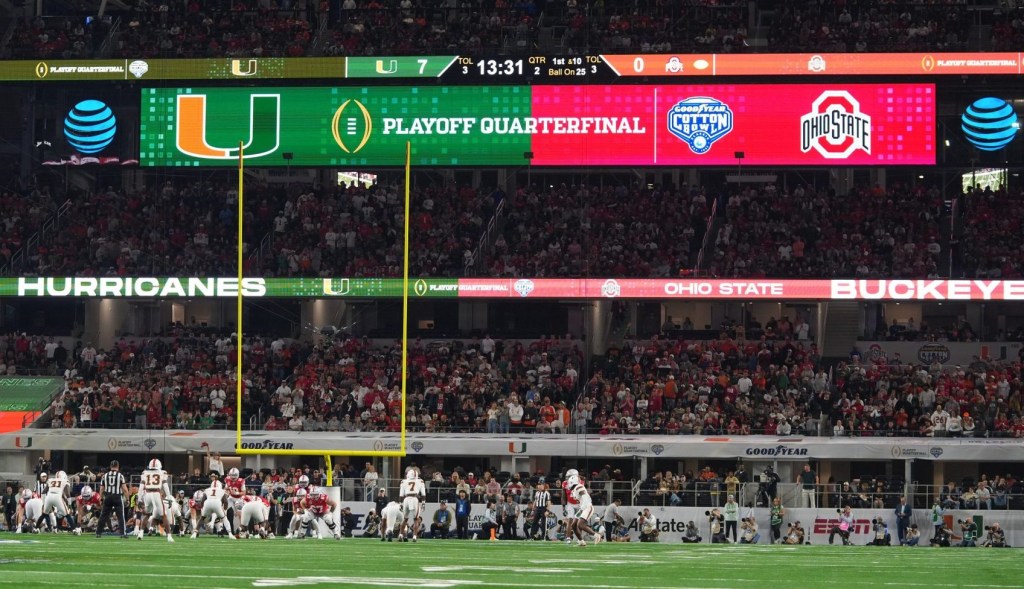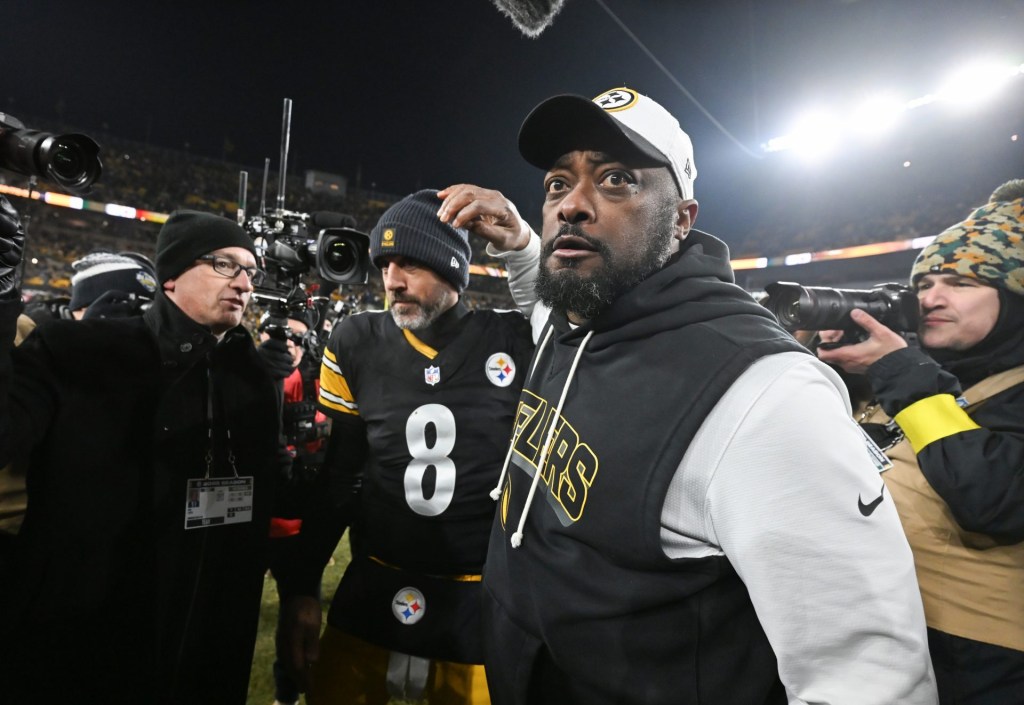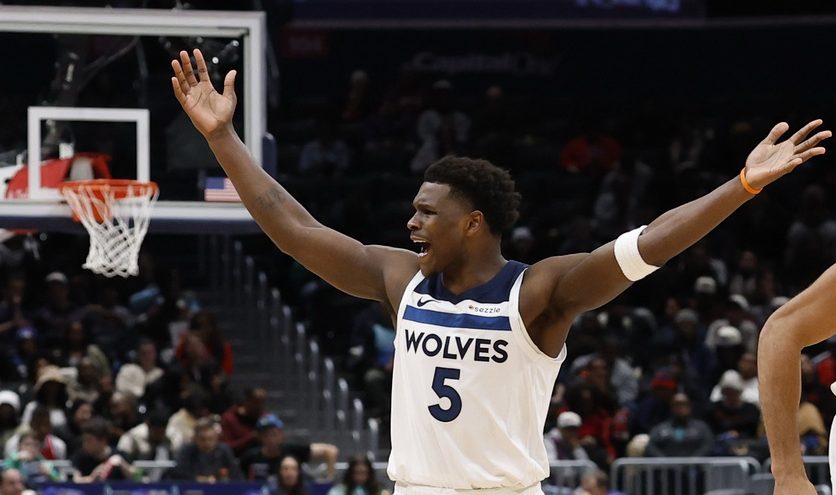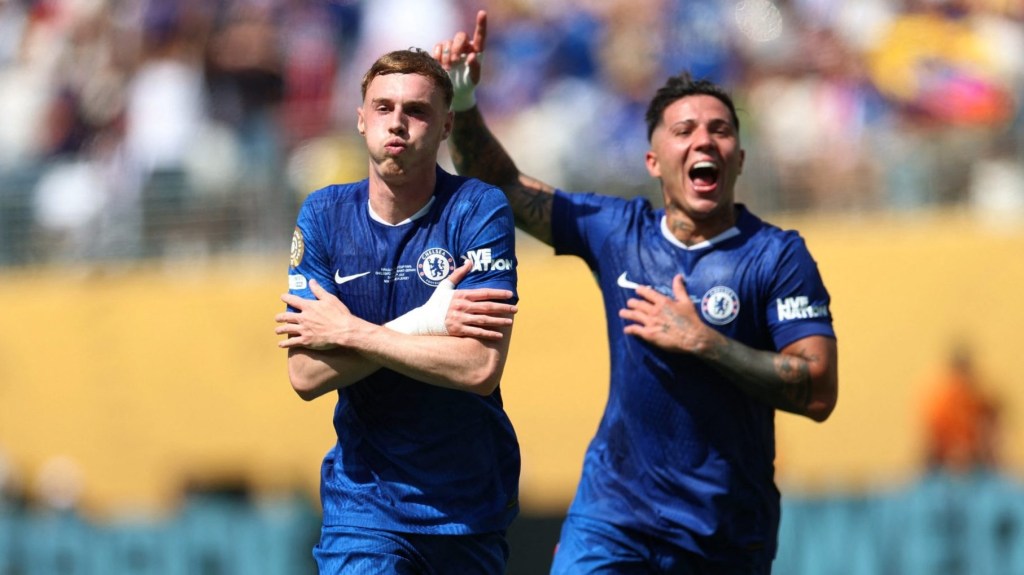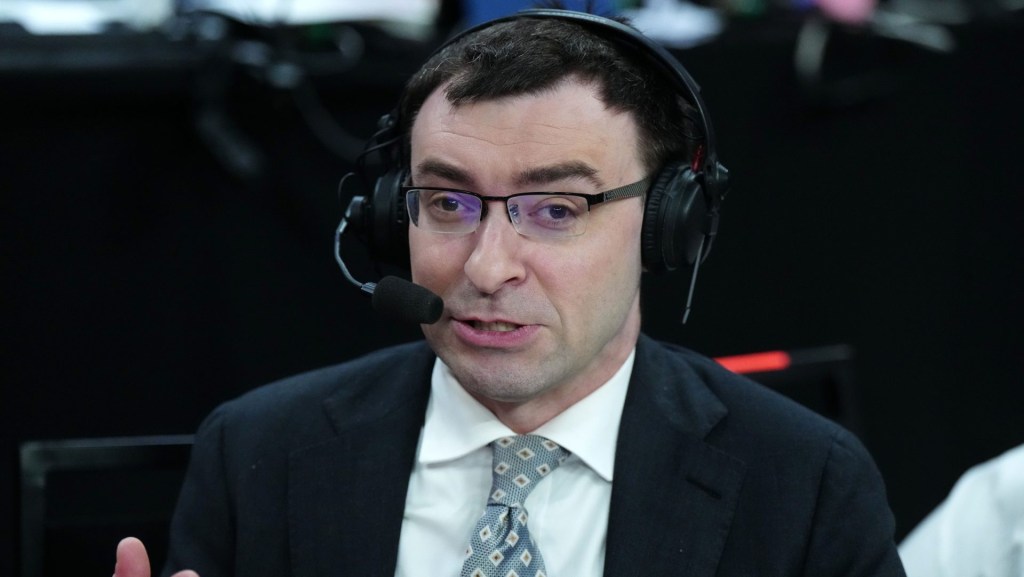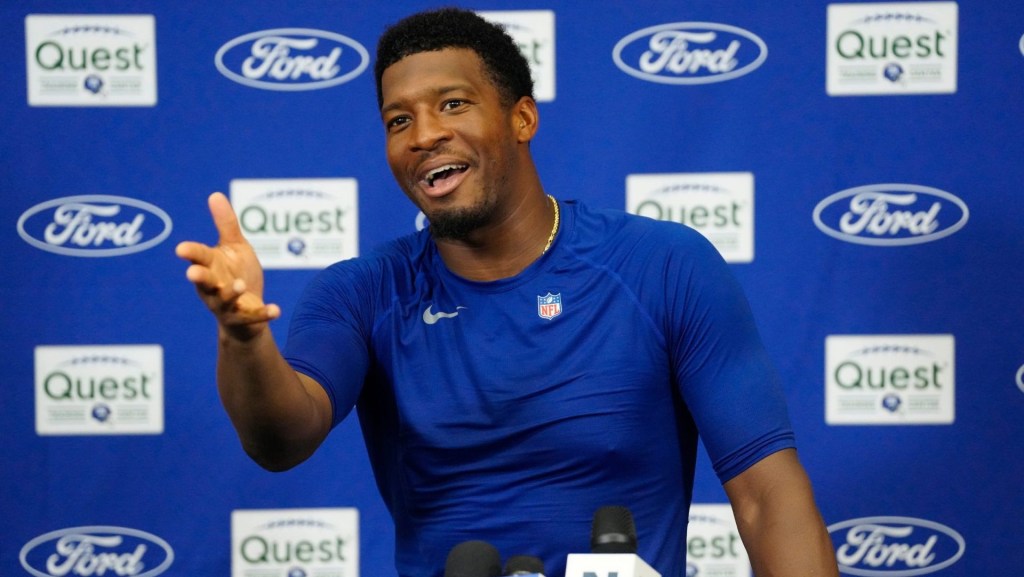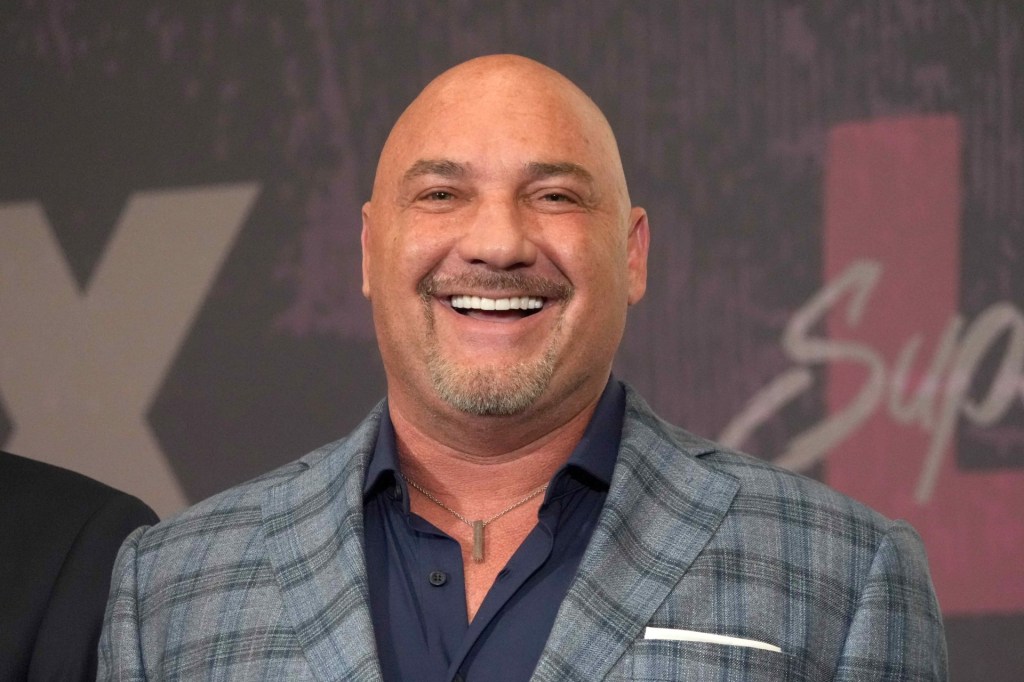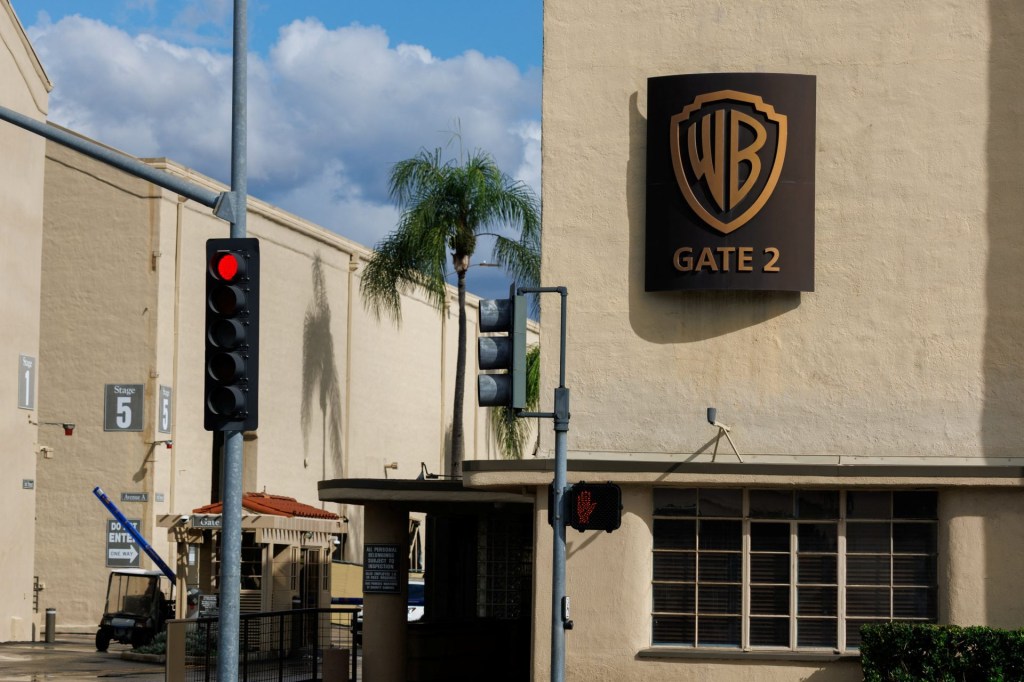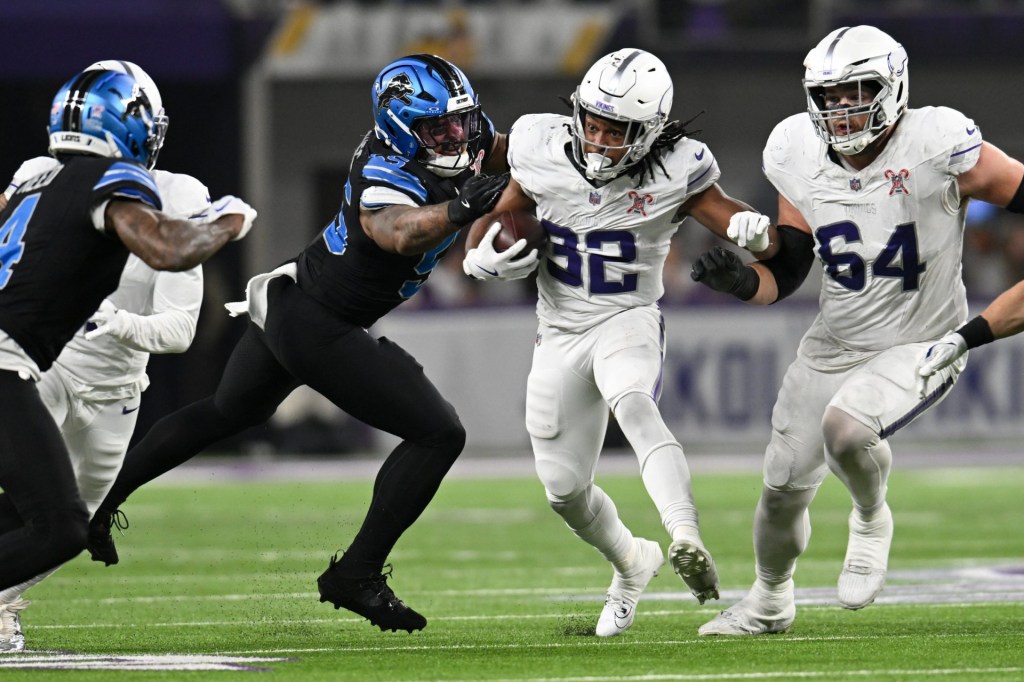Like he has thousands of times in his ESPN career, Mike Greenberg was narrating a sports highlight on TV. But this no-look, behind-the-back pass was not made by the NBA’s LeBron James or Steph Curry. Instead, it was an average Joe deftly flipping his Eggo waffle into his toaster.
“Nothing but the bottom of the toaster,” declared the host of ESPN’s “Get Up” morning show Thursday. “I don’t care how many takes that took. I like it.”
FOS REPORT: 54.5% of industry executives believe that it would be at least 60 days before leagues resume play.
With no real sports highlights to show due to the coronavirus pandemic, sports networks like ESPN are turning to sports fans themselves to fill in those blanks.
Fans have been sending their own amusing videos, trick shots, and funny tweets to ESPN. If they make the cut, this user-generated content gets national exposure on shows like “Get Up” and the “SportsCenter” Instagram account, which is now run by House of Highlights alum Omar Raja.
Media outlets utilizing user-generated content as an audience engagement tool is not new. ESPN, in the early days of “SportsNation,” also featured a steady stream of amusing, fan-generated videos. And this week, Joe Buck of Fox Sports is calling play-by-play on dogs playing fetch, darts, and other games played by bored, quarantined Americans.
But Raja’s arrival from Bleacher Report’s House of Highlights in January accelerated ESPN’s embrace of UGC, according to Ryan Spoon, senior vice president of social and digital content.
Now, the combination of the sports shut down, and millions of bored fans trying to amuse themselves at home, has sent the strategy into overdrive.
Raja’s outreach is also strategic, noted Spoon. He’s constantly interacting with the SportsCenter account’s 16.3 million followers, posting their videos, answering questions, and asking what they want to watch.
The interactive approach by the sports giant’s digital team is paying off for the ESPN and SportsCenter accounts on Instagram, Twitter, and TikTok. Average engagement per post is up 75% this March compared to a year ago. ESPN is up to 5.7 million followers on TikTok. Its numbers on the platform grew 30% this month.
Raja has a “two-way conversation” that creates “community,” said Spoon – and UGC is a key part of that.
“It’s enjoyable, it’s fun, it’s positive,” Spoon said.
Sports highlights are the lifeblood of ESPN. No network relies more on live sporting events and the highlight reel clips they generate. But with the pandemic wiping out almost all live sporting events, ESPN is leaning into UGC like never before.
Greenberg has made UGC a staple of his weekday morning show, asking quarantined sports fans to demonstrate how they’re coping with the crisis under the hashtag #RiseandShine.
Greenberg even enlisted comedian Frank Caliendo to narrate a video of a boy keeping his soccer dribbling skills sharp on a treadmill. The impressionist narrated the video in the “voice” of John Madden. It’s drawn more than 36,000 views and counting.
Caliendo is willing and able to narrate more fan videos, according to Greenberg. The impressionist will even let fans pick the “voice” they want him to use during the highlight.
“What I’ve said on the air every day is ‘as sports fans, we are going to get through this together’ and it’s in that spirit that we are using these videos,” said Greenberg.
UGC also enables “Get Up” to pay tribute to its viewers, added ESPN coordinating producer Pete McConville. Now they’re not just watching the show, but part of it and part of the conversation.
“Our focus on ‘Get Up’ is always to entertain and inform sports fans,” McConville said. “Showing selections of user-generated content gives us a chance to highlight how creative people can be in adverse circumstances.
ESPN anchor Scott Van Pelt has helped lead the UGC charge too.
Seeking a way to honor amateur athletes whose seasons were cut short by the virus, Van Pelt asked fans to submit videos/photos to Twitter of young athletes who never got to participate in their season-ending tournaments or championship games. With 2 million Twitter reactions, it became Van Pelt’s most-engaged social post ever. His #SeniorNight idea has taken on a life of its own.
READ MORE: With No Sports To Cover, Newspapers Either Retrench Or Get Creative
ESPN has tracked more than 10,000 submissions with the #SeniorNight hashtag. The videos have generated nearly 5 million views across ESPN’s digital and social platforms. They’ve become a regular feature on Van Pelt’s weekday, midnight “SportsCenter.”
In place of March Madness, ESPN also launched an interactive poll asking fans to vote for the Greatest College Basketball Players of all time. The 64-player “GOAT” bracket generated more than 5 million votes in the first round alone across Twitter, Instagram, and Facebook.
The fans, meanwhile, get a kick out of seeing themselves on national TV. It’s also a thrill when they see athletes and celebrities comment on their home video after it’s posted by Raja and the rest of ESPN’s digital team to social media.
“I think that part is a lot of fun,” said Spoon. “Seeing different ESPN talent, or seeing LeBron James and others comment on their post, and have dialogue, is sometimes as compelling, sometimes more compelling than the post itself. From our side, it also makes us smarter.”
During normal times, sports fans prefer to watch sports, not some video by “Joey from Boston,” said Gus Ramsey, the ex-ESPN coordinating producer turned program director of the Dan Patrick School of Broadcasting. But these are not normal times.
“It’s not like it’s brand new. But these times call for ingenuity. They’ve been making the most of what they’re dealt,” Ramsey. “I love it from that standpoint. It is engaging the audience. And it’s refreshing to see something that’s moving pictures.”
READ MORE: Big Ten Network Invites Viewers To Pick Games They Want To Watch
While UGC is not a replacement for live games or highlights of sports superstars, it will remain a key part of ESPN’s strategy even when those games return.
“It’s more important today than it clearly was a month ago,” Spoon said. “But it will be part of our routine a month, two months, a year from now, regardless of what the day-to-day looks like.”
